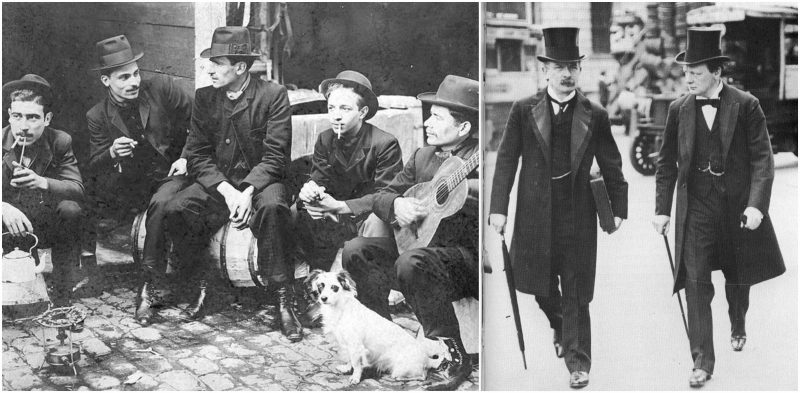Fashion in the period 1900–1909 in the Western world continued the long elegant lines of the 1890s.The long, lean, and athletic silhouette of the 1890s persisted. Hair was generally worn short. Beards were less pointed than before and moustaches were often curled.
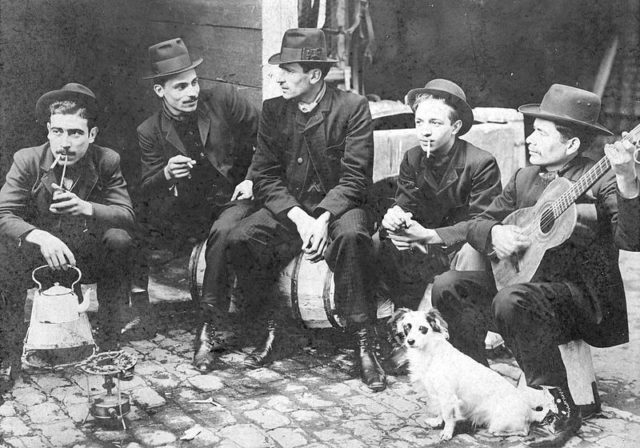
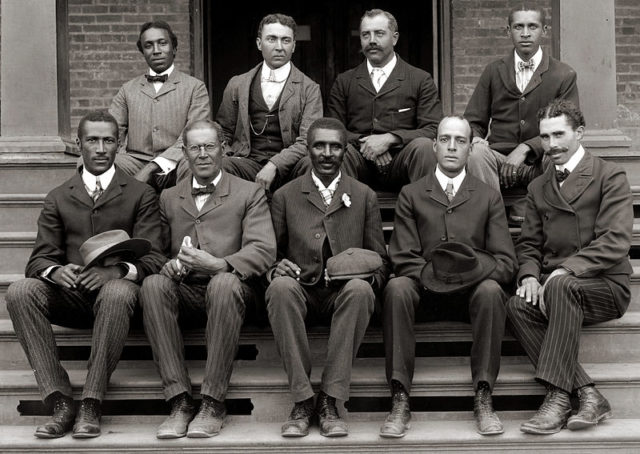
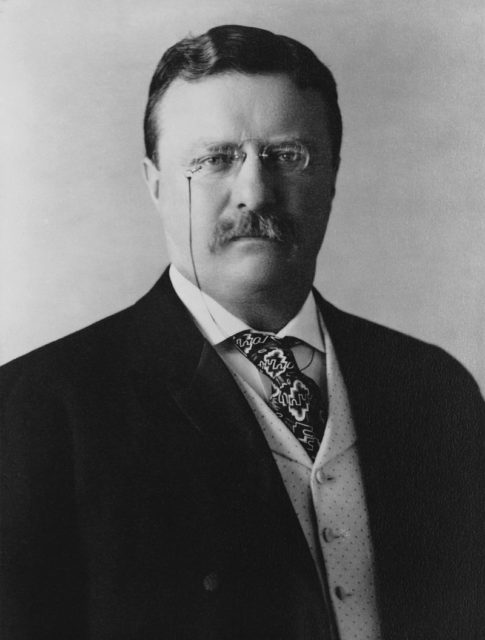
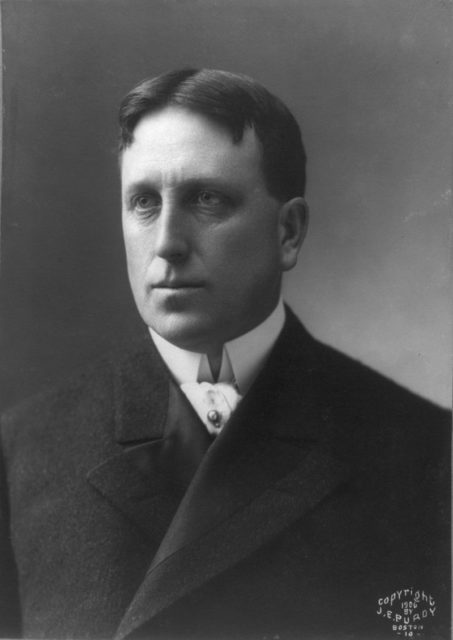
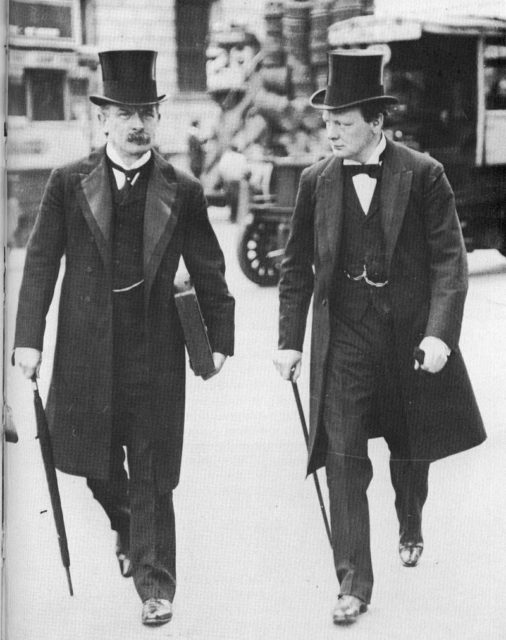
Top hats remained a requirement for upper class formal wear; soft felt Homburgs or stiff bowler hats were worn with lounge or sack suits, and flat straw boaters were worn for casual occasions.
Shoes for men were mostly over the ankle. Toe cap, lace up boots in black, gray, or brown were the most common for everyday wear. Formal occasions called for formal boots with white uppers (spat style) and buttons on the side. In the Edwardian times basic lace up oxford shoes were introduced.
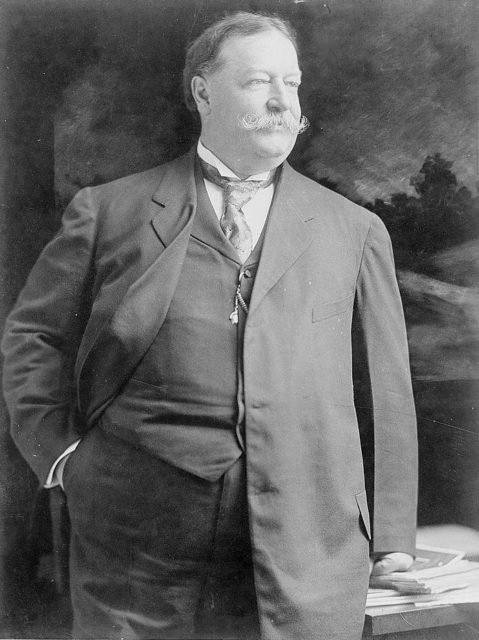
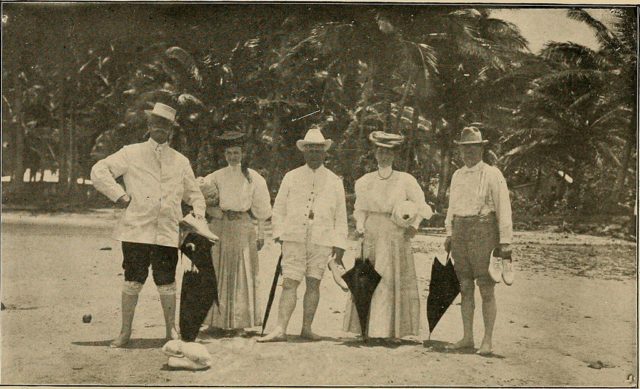
The sack coat or lounge coat continued to replace the frock coat for most informal and semi-formal occasions. Three-piece suits consisting of a sack coat with matching waistcoat (U.S. vest) and trousers were worn, as were matching coat and waistcoat with contrasting trousers, or matching coat and trousers with contrasting waistcoat. Trousers were shorter than before, often had turn-ups or cuffs, and were creased front and back using the new trouser press.
Waistcoats fastened high on the chest. The usual style was single-breasted.
The blazer, a navy blue or brightly colored or striped flannel coat cut like a sack coat with patch pockets and brass buttons, was worn for sports, sailing, and other casual activities.
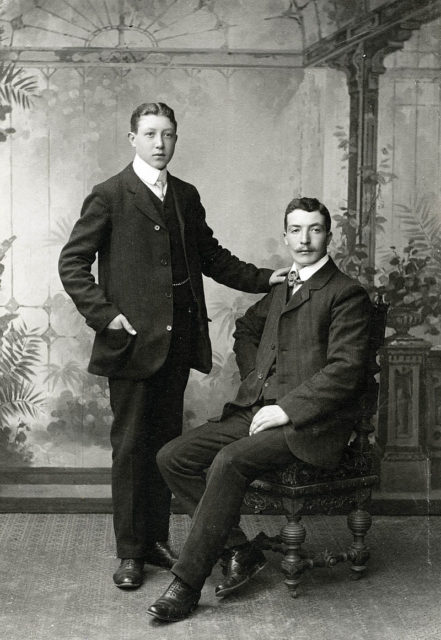
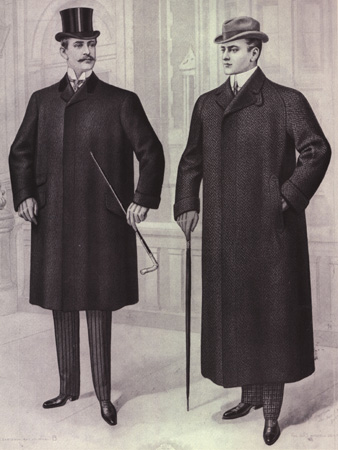
Men’s Fashion Illustrations from the Turn of the Century. NY: Dover Publications, Inc., 1990. p. 17. source
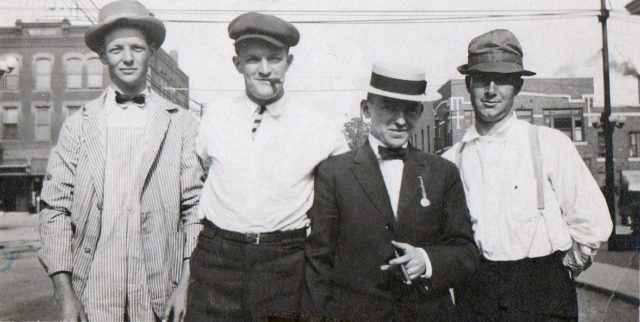
The Norfolk jacket remained fashionable for shooting and rugged outdoor pursuits. It was made of sturdy tweed or similar fabric and featured paired box pleats over the chest and back, with a fabric belt. Worn with matching breeches or (U.S. knickerbockers), it became the Norfolk suit, suitable for bicycling or golf with knee-length stockings and low shoes, or for hunting with sturdy boots or shoes with leather gaiters.
The cutaway morning coat was still worn for formal day occasions in Europe and major cities elsewhere, with striped trousers.
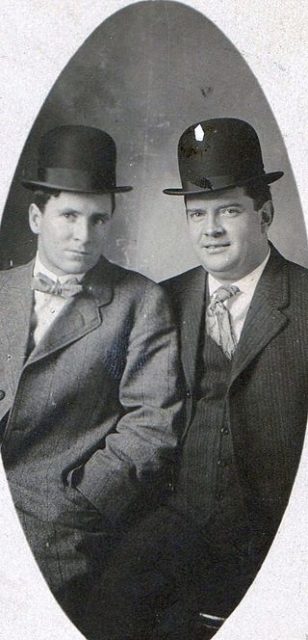
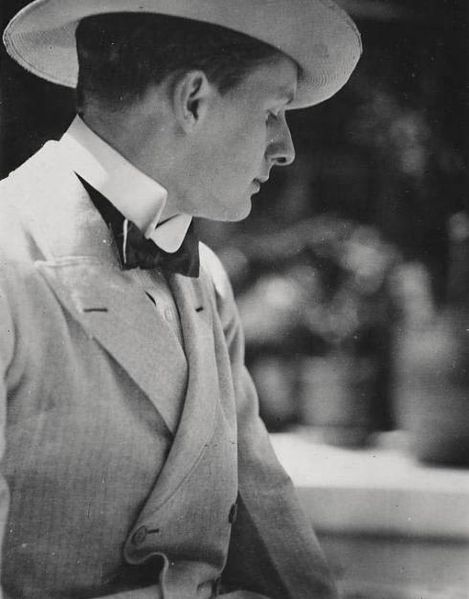
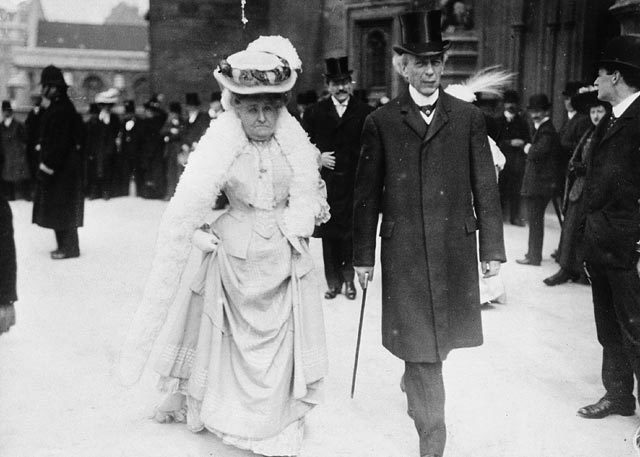

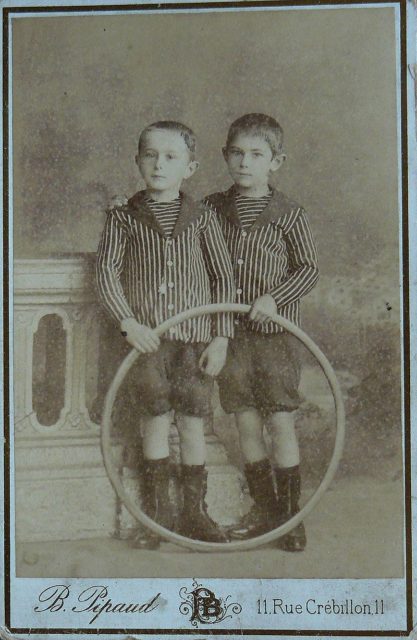
The most formal evening dress remained a dark tail coat and trousers with a dark or light waistcoat. Evening wear was worn with a white bow tie and a shirt with a winged collar. The less formal dinner jacket or tuxedo, which featured a shawl collar with silk or satin facings, now generally had a single button. Dinner jackets were appropriate formal wear when “dressing for dinner” at home or at a men’s club. The dinner jacket was worn with a white shirt and a dark tie.Knee-length topcoats and calf-length overcoats were worn in winter.
